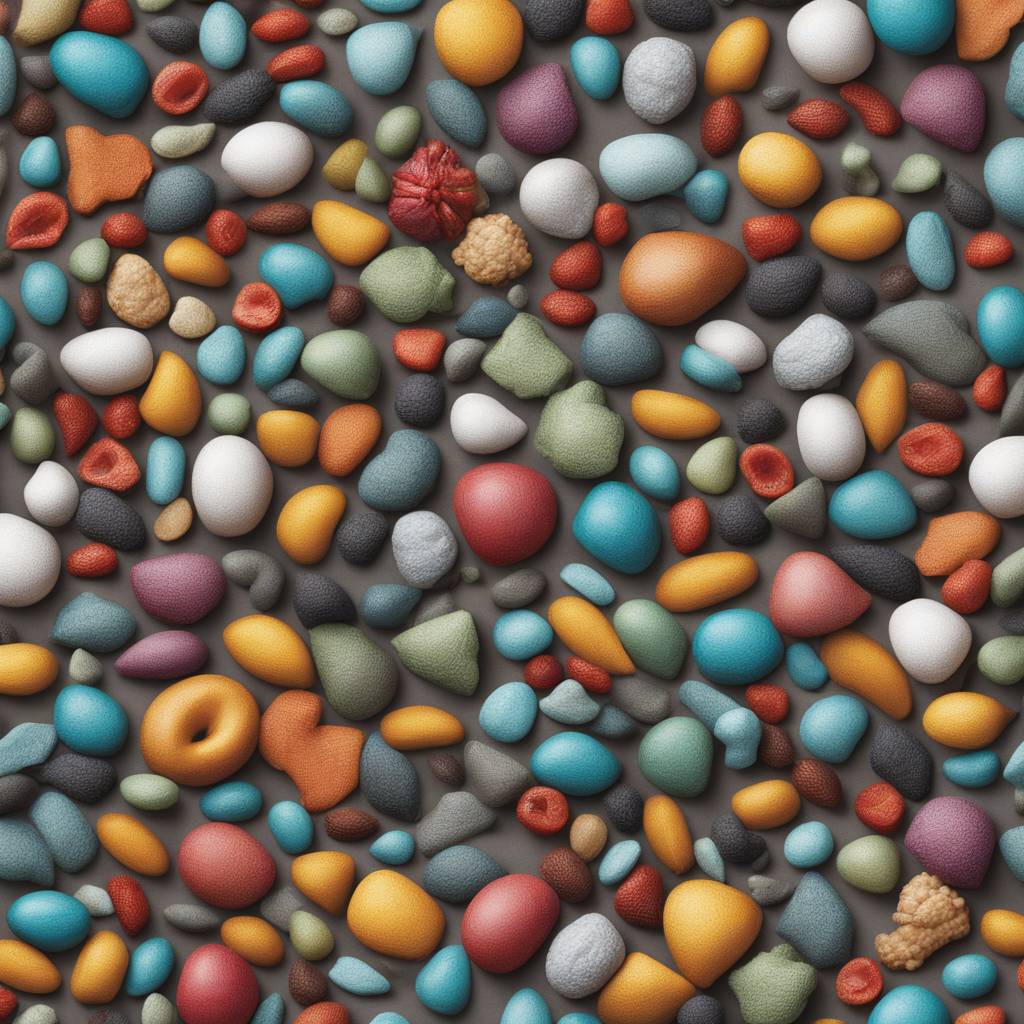A new study found that people with cardiovascular disease consumed double the amount of sodium per day than recommended. Of people with heart disease, 89% consumed more than the recommended allowance of 1,500 mg per day. Current recommendations for the maximum amount of sodium per day for people without heart disease is 2,300 mg, about the equivalent of a teaspoon of table salt. Many people consume more than the daily recommended amount of sodium, particularly those who most need to reduce their intake for their heart health. The study found that individuals with cardiovascular disease were consuming more than double the recommended 1,500 milligrams (mg) of sodium each day.
The average amount of sodium consumed daily was 3,096 mg, with 89% of participants consuming more than the recommended amount. The American Heart Association recommends adults who do not have or are not known to be at risk for heart disease consume no more than 2,300 mg of sodium per day, which is about the equivalent of a teaspoon of table salt. The average person with heart disease in the study exceeded that level by nearly 1,000 mg. The study used data from 3,170 participants in the Center for Disease Control’s NHANES study, with the majority being 65 or older, white, and having an education level below high school graduate.
Sodium is necessary for human health in small amounts, as it helps to balance the water in the body and supports muscle and nerve function. However, excess sodium can lead to an increase in blood pressure, putting individuals at risk for heart disease. Excess sodium has long been linked with the hardening and stiffening of the arteries and atherosclerosis. Factors beyond access to resources may influence sodium intake, including the widespread availability and marketing of high-sodium processed foods and limited awareness of the health risks associated with excessive sodium consumption.
It can be difficult to track salt intake and know how much sodium one is actually consuming, as many food products use sodium for reasons other than flavor. Many foods high in sodium don’t taste salty at all. To reduce sodium intake, individuals can focus on cooking at home using fresh ingredients, choosing low-sodium options, using herbs and spices for flavor, reading labels, and being mindful of hidden sodium in processed foods. When dining out, individuals can make lower sodium, heart-healthier choices by asking for sauces and dressings on the side and opting for grilled or steamed options. Simple adjustments like these can significantly contribute to reducing overall sodium intake while still enjoying delicious meals.
Replacing salt in food with other flavorful alternatives can also help to reduce sodium consumption. Using citrus fruits, mustard, herbs, and spices can add tanginess and depth to dishes without relying on sodium. Incorporating chili peppers or hot sauce can also add flavor to meals. Making small changes like adding lemon or grapefruit juice, using mustard in vinaigrettes and rubs, and replacing the tabletop salt shaker with herbs and spices can help individuals reduce their sodium intake while still enjoying delicious and flavorful foods. By being mindful of their sodium consumption and making informed choices, individuals can take steps to improve their heart health and reduce their risk of cardiovascular disease.














